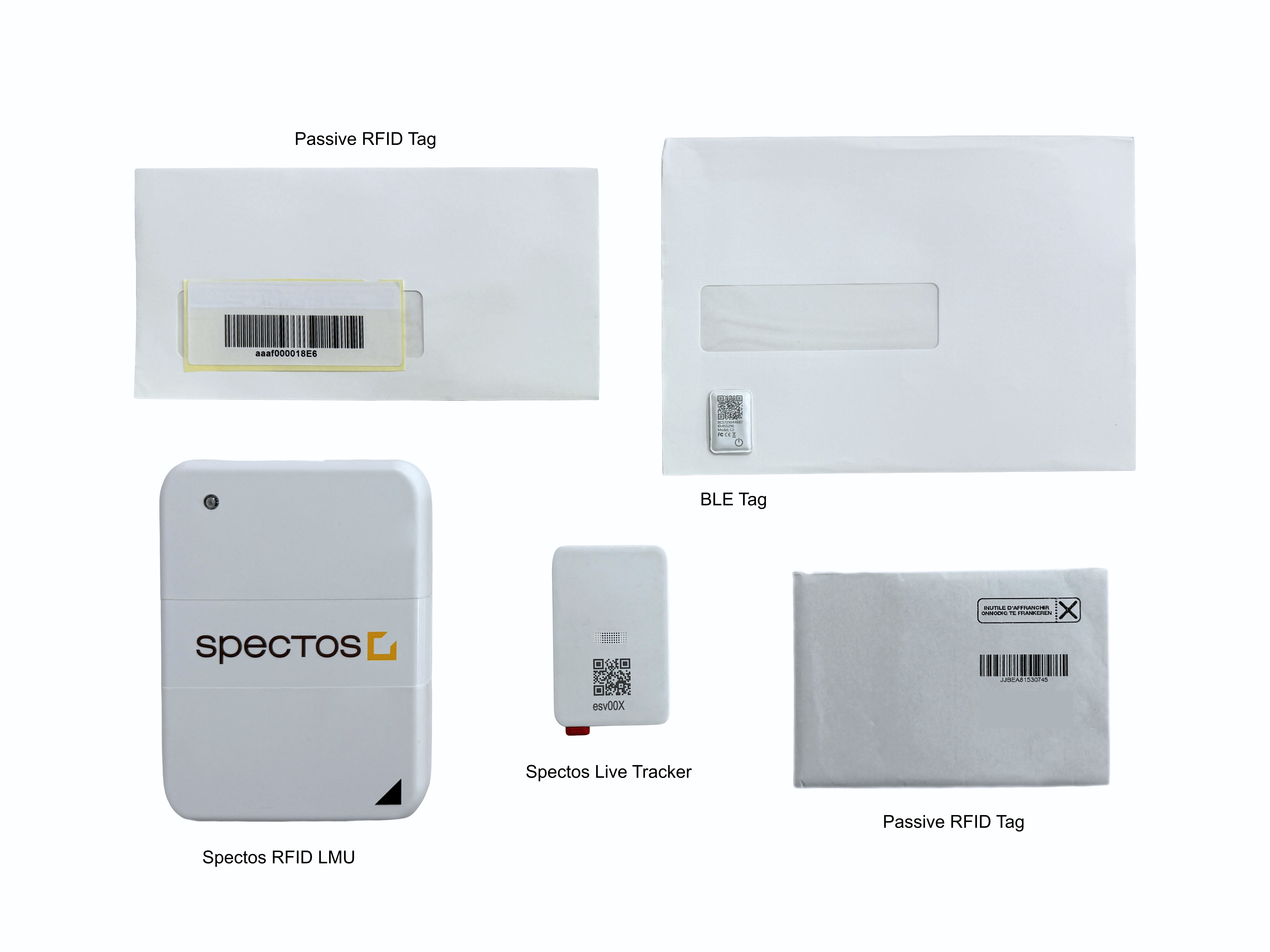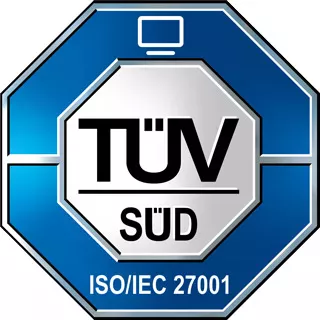Are you gathering extensive data for your regulatory reporting, but still wondering what happens between the posting and delivery of your mail?
Are you stuck reporting via endless Excel sheets that only few people in the organisation are using?
Then it’s time to rethink how you use your transit time monitoring system (TTM).
It’s time to move beyond traditional reporting and use your TTM setup as a driver for operational transformation. With the right insights and tools, your monitoring system can help you respond to shrinking mail volumes, changing Universal Service Obligations (USOs), and increasing customer expectations, all while boosting internal efficiency.
The need for change: Why traditional models no longer work
Postal operators worldwide are undergoing significant transformation due to declining letter volumes. The shift away from daily high-volume deliveries leads to new delivery models such as A/B or X/Y patterns, slower transit products, and increasing complexity in operations.
The traditional approach, based on ever-rising or stable daily mail volumes, do not work well anymore. Today, large businesses expect customised delivery solutions, while consumers still demand reliable public services. Regulators are responding with more flexible delivery targets, but often increasing reliability expectations simultaneously.
At the same time, operators are faced with reduced revenues, limited investment power, and a shrinking skilled workforce. It’s a perfect storm.
So, how can a transit time monitoring system support this transformation process?
Understanding the development of the end-to-end results
The reality is simple: traditional end-to-end results are declining, in line with the drop in letter volumes. Especially for premium services like 1st-class mail, there’s no room for error and limited operational flexibility.
In markets like Germany (D+3 at 95%) or the UK (D+2 at 90%), regulators start to introduce so-called reliability targets to avoid a long tail of mail, which often leads to increased consumer complaints. Those targets usually define a 99% target after another +1 or +2 days.
This is especially important under A/B or X/Y models, where delayed items may miss the next delivery window. Ensuring 99% of mail gets delivered by the second attempt becomes the new operational challenge.
Break down end-to-end results to identify performance loss
Looking at the overall results isn’t enough. Operational teams need to know: where did the delay happen?
Was it a regional issue? Is there a specific handover point in the process?
Begin by reviewing the late test letters. By analysing these specific cases in the TTM system, you can trace back the root cause of delays.
Traditionally, many operators have used RFID infrastructures to measure process points, such as access to collection points, incoming/outgoing points for sorting centres, sorting machines, or delivery depots. But these systems were significant investments and are hard to justify today for letter mail alone.
Instead, operators are now turning to more flexible technologies:
- Scan events from sorting machines
- Passive RFID or BLE sensors
- Active trackers

These tools are easier to deploy, provide more granular data, and can be reconfigured as operational needs change. With such tools, real-time measurement becomes possible, helping you pinpoint rest processes, delayed handovers and internal bottlenecks.
Make results accessible to the people who need them
Even the best insights are useless if they’re hidden in spreadsheets or databases that are never opened.
In fact, most operational teams don’t even need complete end-to-end reports. What they do need is fast, simple visibility into where issues are happening, with responsibility clearly assigned, from collection to sorting to last-mile delivery.
The problem? Many operators still rely on Excel. It’s flexible, but labour-intensive and hard to scale. As quality management teams shrink, this becomes a real problem.
Modern alternatives, such as cloud-based dashboards, provide fast, user-specific access to TTM data. Results can be distributed in near real-time, making it easier for teams to take immediate action without being overwhelmed by reporting overhead.
Common challenges in turning TTM into a performance tool
Transforming a traditional transit time monitoring system into a performance management tool doesn’t come without hurdles.
The most common problem is that many of these systems have been in place for over 20 years – that’s longer than most of the current staff have been working with them! So, the classic “we’ve always done it this way” mentality is a major blocker.
But as postal operations evolve, so must the systems used to control and monitor them. Today’s workforce expects modern, intuitive tools, not outdated Excel files or rigid reporting systems that are hard to maintain.
New technologies also raise concerns around data privacy and employee monitoring. It’s essential to design systems that track processes or regions, not individuals, to ensure compliance with labour and privacy laws.
Many legacy systems are simply too rigid. Modern tools need to be easy to implement, flexible to adapt, and scalable – all without disrupting day-to-day operations. If not, even the most advanced solutions risk being overlooked or left unused.
How postal operators are leading the way
Spectos has been working with several major postal operators across Europe, such as bpost, Royal Mail, DVS, Correos, and Swiss Post.
Despite different national environments, they all face similar challenges. And they’ve all taken steps to transform their TTM systems into data-driven platforms for both operational control and strategic planning.
The result: improved flexibility, faster insights, and greater control over delivery performance in real-time.
It’s time to rethink your TTM strategy
The postal landscape is changing fast. To stay ahead, your operational strategies need to evolve with it.
Here’s what to keep in mind:
- Declining volumes and new delivery models require smarter, more agile operations;
- Traditional end-to-end results aren’t enough anymore;
- Utilise new technologies to enhance data collection, making it more flexible and insightful;
- Share results across your organisation quickly and clearly;
- Avoid legacy traps with outdated tools, privacy risks, and rigid structures. It simply holds you back.

Your transit time monitoring system can be a powerful lever, not just for compliance, but for transformation.
Looking to upgrade your transit time monitoring system?
Spectos helps postal operators turn complexity into clarity. Contact us to discover how we can help you achieve smarter, data-driven performance.






